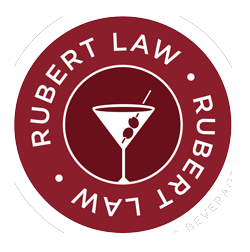With the explosion of craft beer sales in recent years, it’s more important than ever to help your product stand out from the competition on retail shelves. However, you can’t simply make up a label, slap it on your can or bottle, and call it a day.
It should come as no surprise that the Alcohol and Tobacco Tax Trade Bureau (TTB) has specific labeling requirements. With that in mind, here are five things that you should include on your craft beer label.
1. Brand name
Sure, this may be stating the obvious, but there are regulations regarding brand names alone. For example, your brand’s name cannot describe the age, origin, identity, or other characteristics of your product. Exceptions are made if the name accurately describes the product and makes no mistaken impression about the beverage.
2. Class designation
Lager, ale, stout, and the like are all considered class designations. If your brew contains added spices, fruit, or other natural ingredients, you will have to use special class designation labeling. For example, “Imperial stout brewed with vanilla.”
3. Name and address
The name and address of the producer, bottler, or packer must appear on the label. You can use an authorized trade name instead of your company’s operating name.
4. Net contents
Your label needs to state the net contents in American English. For example, “12 fluid ounces” or “one pint.”
5. Health warning labels
If your beverage contains .5% alcohol by volume or more and was bottled or canned after November 18, 1989, the label must include a mandatory government warning.
There may be other requirements
The above list is by no means exhaustive. There are additional federal labeling requirements. Florida and community ordinances may also require additional information. You should work closely with a legal professional who is skilled in food and beverage law. Doing so can help save you the time and expense of going back to the label drawing board.
